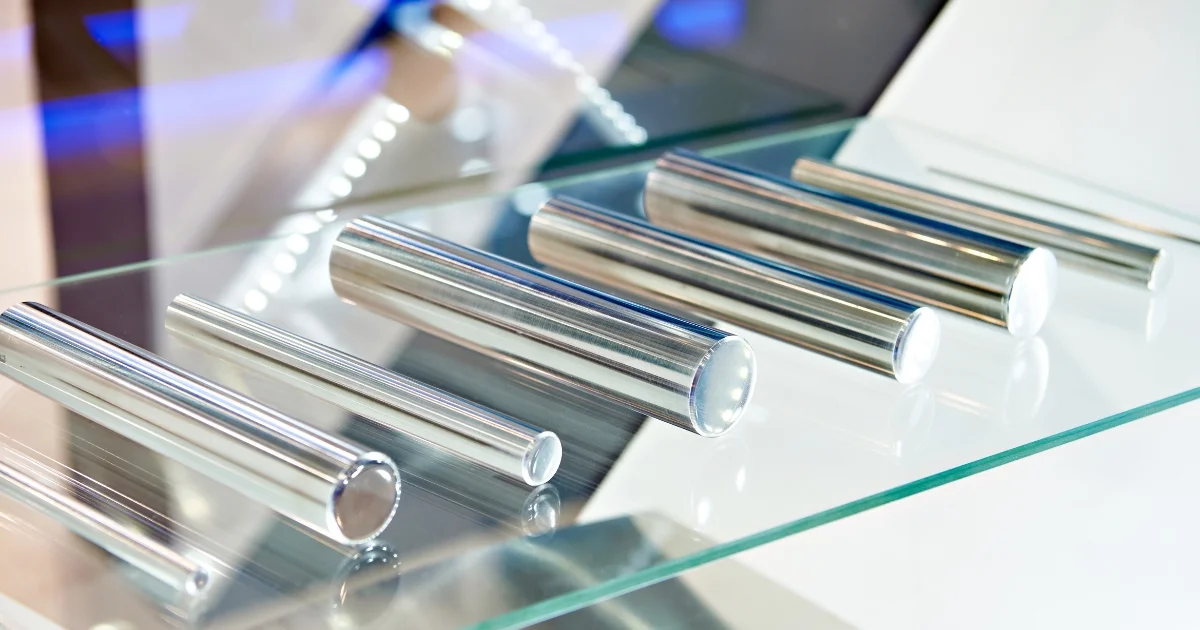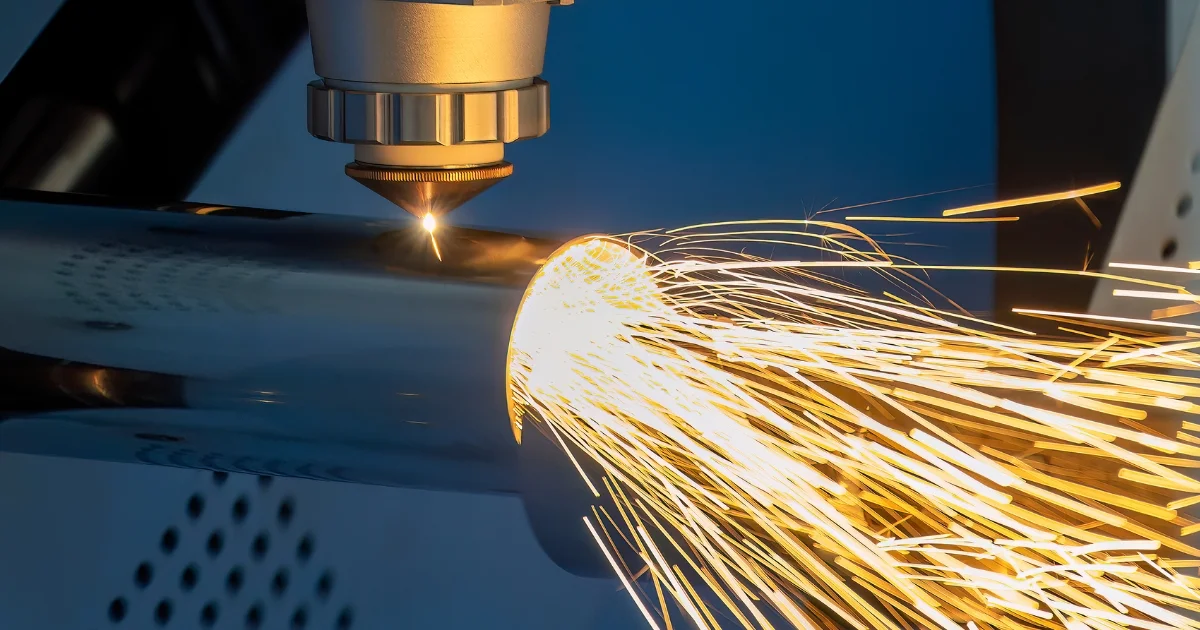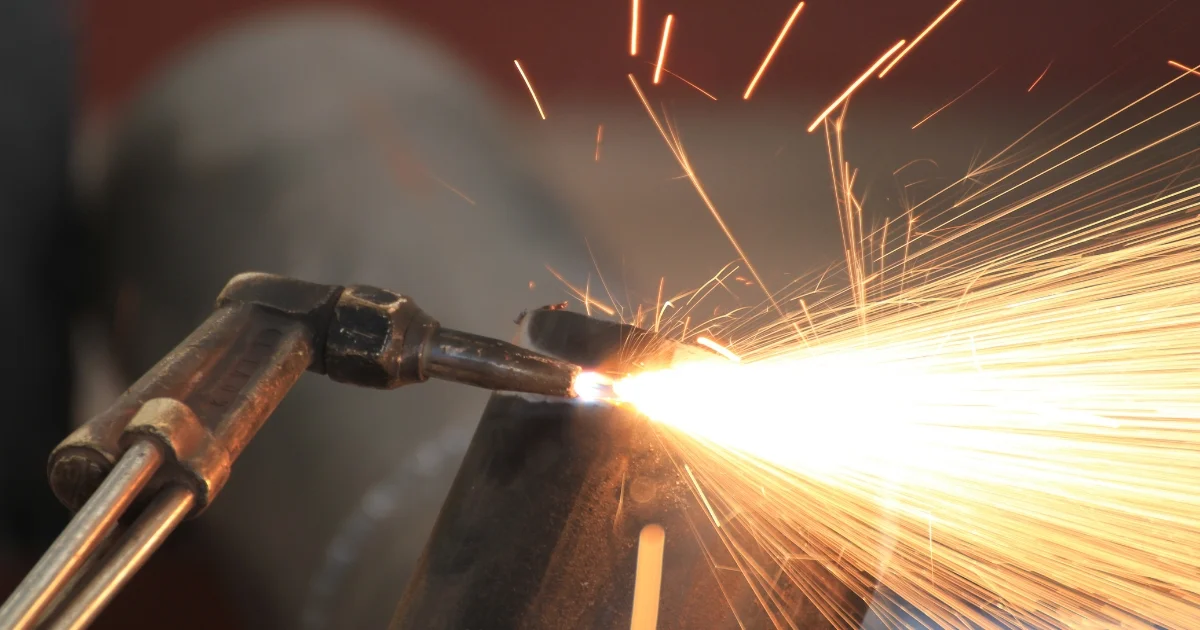
We collect basic website visitor information on this website and store it in cookies. We also utilize Google Analytics to track page view information to assist us in improving our website.
If you’re passionate about metal cutting or just keen to learn more, you’ve landed in the right place.
For over 38 years, Amber Steel has been at the forefront of metal cutting services, specializing in laser cutting, flame cutting, and plasma cutting. Our expertise has carved a niche in this cutting-edge industry, delivering precision and excellence across industrial projects big and small.
In our blog, we’ll share a mix of useful tips, innovative applications, our thoughts on sustainability in steel cutting, and more. Expect stories from the cutting floor, insights into how our processes can streamline projects across industries, and a few lessons we’ve learned along the way.
While we keep some of our trade secrets under wraps, this blog is designed to offer valuable nuggets of wisdom that you simply won't find anywhere else. Whether you’re a professional in the industry or someone fascinated by the possibilities of metal cutting, you'll find something of value here.
So, stick with us as we delve into the finer points of metal work. We’re glad to share our insights and lead discussions that matter to our industry.
How precision metal cutting propels the aerospace industry, from constructing lighter frames to enhancing aerodynamics.
The role of advanced metal cutting in automotive manufacturing, driving innovations in vehicle design and efficiency.
All about the robust and versatile process of flame cutting, ideal for tackling thicker metals with precision and ease.
Discover the art of crafting metal furniture, where cutting techniques meet design to create both functional and aesthetic pieces.
A behind-the-scenes look at the mechanics of metal cutting technologies and the science that makes them tick.
Laser cutting is where extreme precision meets efficiency, allowing for intricate designs and clean finishes.
The critical role of precise steel cutting in developing reliable and intricate medical devices.
How steel cutting supports the oil and gas industry with components that withstand extreme environments and pressures.
Known for its speed and versatility, plasma cutting slices through conductive metals with hot plasma.
Safety first! Tips and insights on maintaining a safe environment while handling powerful metal cutting equipment.
The backbone of construction, where steel fabrication and cutting technologies create frameworks that shape skylines.
Sustainability
A look at sustainability in metal cutting, focusing on practices that reduce waste and conserve energy to protect our planet.

High-nickel alloys are famously tough, heat-resistant, and prone to work hardening, which means conventional cutting methods can quickly turn into a slow, expensive mess. Cutting these alloys demands specialized tools and processes.
Engineers working with aerospace, automotive, and energy components know the stakes. Choose the wrong cutting process, and things can go sideways fast: distorted edges, excessive tool wear, or heat-affected zones (HAZ) that weaken material integrity. With nickel alloys commanding premium prices and demanding precision, there’s little room for error or waste.
That’s why cutting high-nickel alloys requires a careful comparison between laser, plasma, and flame cutting. Each method brings something different to the table: laser offers surgical precision, plasma brings speed and strength, and flame… well, it might not belong in this fight at all.
This post breaks down how each cutting process performs under pressure – literally. You’ll get clarity on which method suits high-performance materials, what limitations to watch for, and how to choose based on part geometry, thickness, and downstream processes. Whether you're after tight tolerances or just trying to stay within budget, understanding these trade-offs is key to getting the job done right the first time.
Cutting high-nickel alloys can slow production to a crawl. These metals are built to endure where others fail, and that same strength makes them extremely difficult to machine. When standard cutting methods fall short, delays stack up fast, and costs rise just as quickly.
These alloys – Inconel, Hastelloy, Monel, Incoloy – are designed for the most extreme conditions. They typically contain between 50-70% nickel, along with other elements like chromium, molybdenum, and tungsten. In environments like chemical plants, aerospace systems, and nuclear power, these materials perform where ordinary steel wouldn’t last. But cutting them? That’s where things get tricky.
One of the biggest issues is work hardening. Unlike standard steels, these alloys don’t get easier to cut – they get harder. Every time the tool passes through the material, it compresses the grain structure, which increases its hardness. A cut that starts out manageable quickly becomes a challenge.
Heat buildup is another major problem. These metals don’t move heat the way carbon steel does. Instead, heat collects right at the cutting point. In thin sections, this can lead to warping or damage. And for tools, that concentrated heat means faster wear and shorter tool life.
Flame cutting? That’s off the table in most cases. High-nickel alloys resist oxidation so well that the chemical reaction needed for flame cutting just doesn’t happen. The same protective oxide layer that makes them great in corrosive environments prevents the cut from even starting.
And then there’s the cost. These materials are expensive, often five to eight times the price of standard steel. Even a small fabrication error can turn into a serious loss. With high-nickel alloys, the margin for error is tight, and the stakes are high. That’s why your cutting method matters so much.

For high-nickel alloys, fiber laser technology has changed the game. This method delivers exceptionally clean cuts with minimal heat-affected zones (HAZ), preserving material properties almost to the cut edge. Modern fiber lasers concentrate immense energy into a precise focal point, with assist gas jets efficiently clearing molten metal before heat can spread.
The sweet spot for laser cutting lies in thin-to-medium stock, typically up to 12 mm thick. The heat-affected zone measures a mere 0.2-0.5 mm in most nickel alloys, which is about one-third what plasma produces. This precision matters enormously when working with aerospace components or medical devices where properties must remain intact right to the edge.
Beyond precision, laser cutting minimizes waste through narrow kerf width and optimized nesting. Cut edges emerge clean enough to often skip secondary finishing operations entirely. For complex geometries or intricate features in Inconel or Hastelloy sheet, nothing else comes close to what laser cutting can achieve.
Laser cutting works like a surgeon: precise, clean, and controlled. It adds just enough heat to cut without compromising surrounding material. For heat-sensitive nickel alloys, this controlled approach makes all the difference.
The limitations? Laser struggles with thick sections. As material thickness increases, power requirements surge while cutting speed plummets. Some reflective nickel alloys can cause beam reflection hazards. And while operating costs exceed other methods, this premium typically pays for itself through reduced scrap, minimal rework, and superior edge quality.
High-powered systems, such as 10 kW fiber lasers with 72” cutting beds, enable efficient processing of larger sheets and tight nesting for material savings. This setup is especially effective when working with wide-format stock or producing high volumes of precision parts in aerospace or medical fabrication.

CNC plasma cutting offers a solid middle ground when working with high-nickel alloys, especially in medium to heavy thicknesses. It can handle stock up to about 1.25 inches and cuts faster than laser on thicker materials. The process uses superheated ionized gas forced through a narrow nozzle to melt through even highly resistant metals.
What makes plasma appealing is the economics. Equipment and operating costs are often 40-60% lower than laser, depending on system setup and workload. High-definition plasma systems have come a long way, improving edge quality and narrowing the performance gap with laser.
Still, there are trade-offs. Tolerances typically land around ±0.040”, which is acceptable for many applications but can fall short for aerospace or medical specs. The heat-affected zone is also wider (usually 1-2 mm in nickel alloys), so parts may need secondary finishing, especially before welding or precision machining.
For general fabrication, rough profiling, or non-cosmetic parts, plasma is practical and efficient. Many shops use it as a first pass before machining critical features, making it a reliable tool when balancing cost, speed, and material performance.

Flame cutting has earned its place in the steel world. It's tough, dependable, and handles thick carbon plate like a champ. But once high-nickel alloys enter the picture, that dependability starts to break down.
The process itself is straightforward: preheat the metal, hit it with a jet of pure oxygen, and let combustion do the heavy lifting. This works well for mild and carbon steels because they oxidize easily – that reaction is what makes the cut possible. But high-nickel alloys? They’re built to fight oxidation, not feed it. That same resistance that makes them perfect for corrosive environments is exactly what makes flame cutting ineffective.
Nickel-based alloys just don’t respond well to the process. They either refuse to ignite or produce messy, uneven cuts when they do. You’re left with jagged edges, massive heat-affected zones, and distortion that can undo the very properties the material was chosen for in the first place. In thinner sections, the heat input alone can do more damage than good.
That said, flame cutting isn’t totally off-limits. It still sees occasional use for rough prep work or when dealing with mixed-metal slabs where only part of the material resists oxidation. But in those cases, it’s less a precision tool and more a brute-force workaround.
So, while flame cutting is still the go-to for thick structural steel, it’s rarely the right move for high-nickel alloys. These materials are designed to withstand extreme heat, not surrender to it. And that’s exactly why flame cutting usually isn’t part of the conversation.
Cutting high-nickel alloys isn’t just about getting through the material but also about what happens to the metal around the cut. And that’s where the heat-affected zone, or HAZ, becomes a deal-breaker if not handled properly.
If too much heat travels into the surrounding area, the alloy’s internal structure can shift. Grain boundaries may distort, mechanical strength can drop, and corrosion resistance can weaken, all before the part even enters service. And for materials that cost five to eight times more than mild steel, that’s not just a quality issue – it’s also a financial one.
Laser cutting tends to have the smallest HAZ (often under 0.5 mm) thanks to its pinpoint focus and efficient heat management. Plasma, while faster, usually creates a wider zone between 1-2 mm, especially on thicker sections. Flame cutting generates the largest HAZ by far, making it unsuitable for alloys where performance and integrity are non-negotiable.
For high-nickel alloys, where every micron counts, HAZ control isn’t a luxury—it’s a necessity. The more heat you introduce, the more likely you'll compromise the very qualities the material was chosen for in the first place. That’s why cut quality has to go beyond surface finish, considering what’s beneath the surface, too.
When it comes to cutting high-nickel alloys, choosing the wrong method is inefficient and expensive. These materials demand more than brute force. They require precision, control, and an understanding of how heat and stress affect performance long after the cut is made.
Laser cutting offers unmatched precision and minimal HAZ, making it ideal for aerospace and medical-grade components. Plasma provides a cost-effective middle ground for thicker sections and general fabrication. And while flame cutting isn't suited for high-nickel alloys, it remains a critical tool for carbon steel and structural applications where thickness and scale matter most.
The bottom line? There’s no one-size-fits-all approach. Matching the cutting method to the material’s behaviour is where projects succeed or stall. Whether you're dealing with nickel alloys, structural plate, or a complex mixed-material order, expert guidance matters.
Working with nickel alloys? Get expert support on choosing the right cutting method before costly scrap or HAZ issues slow you down.